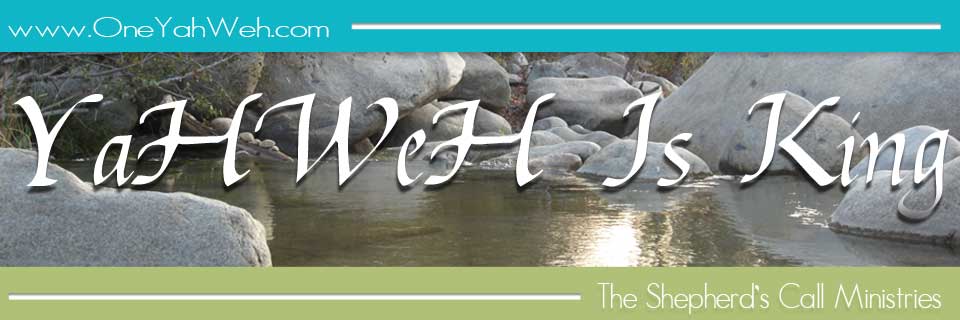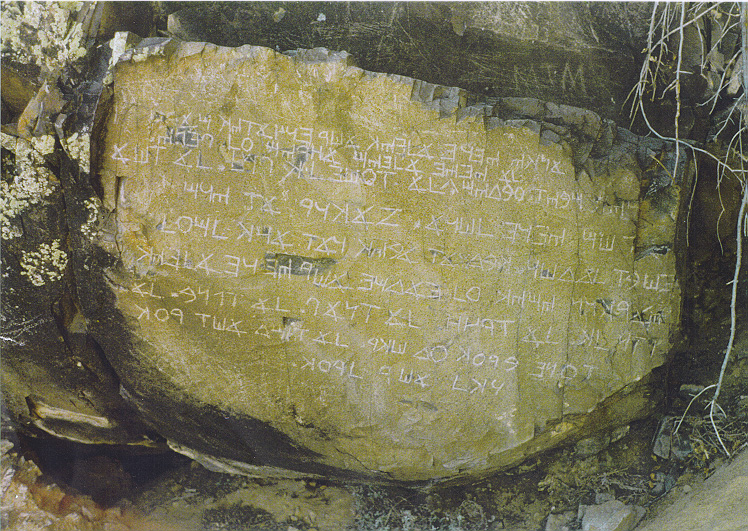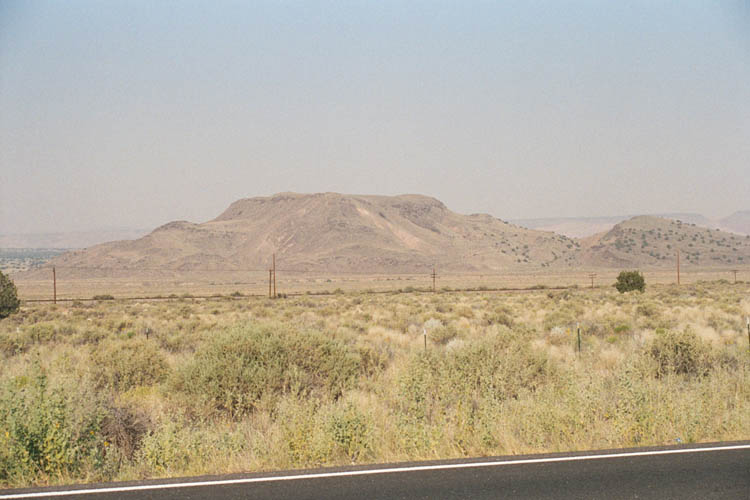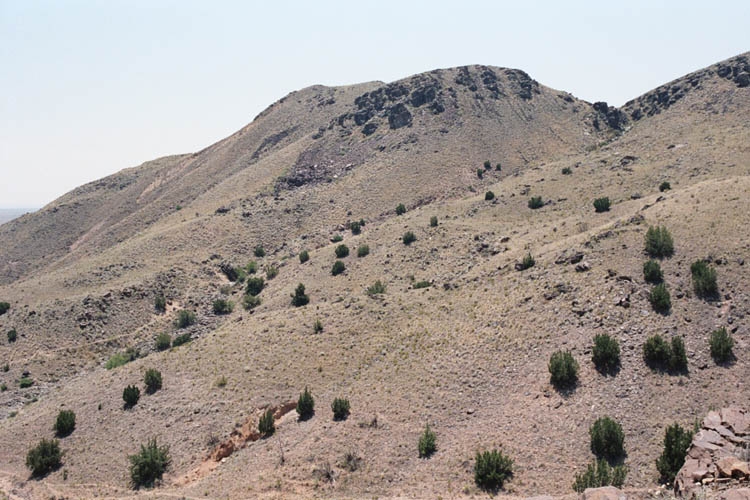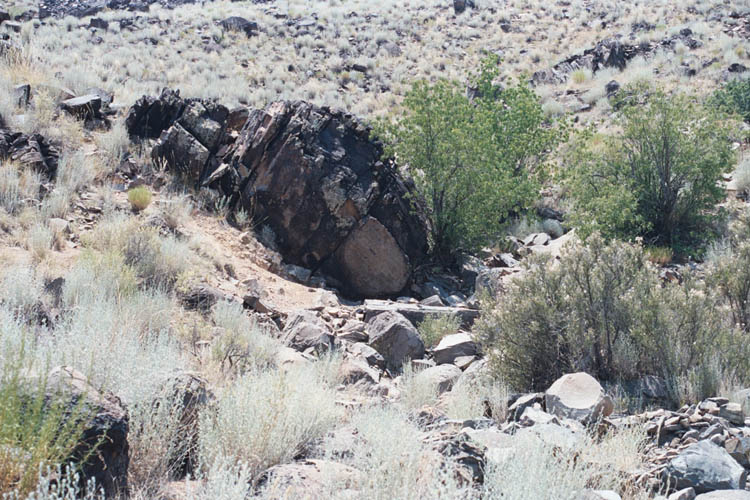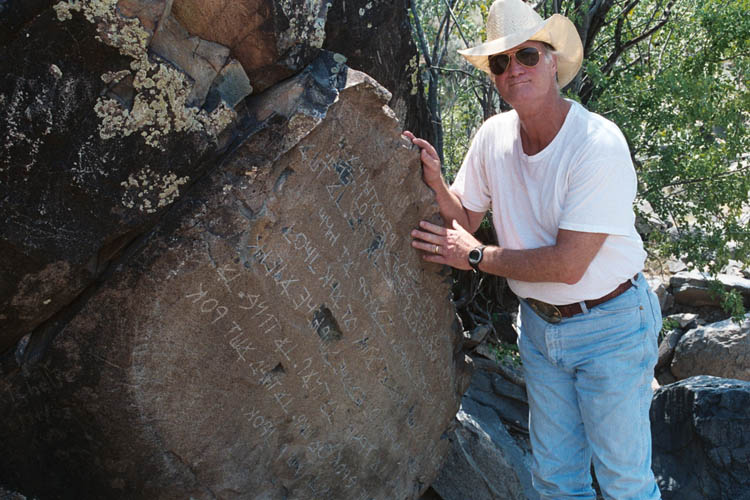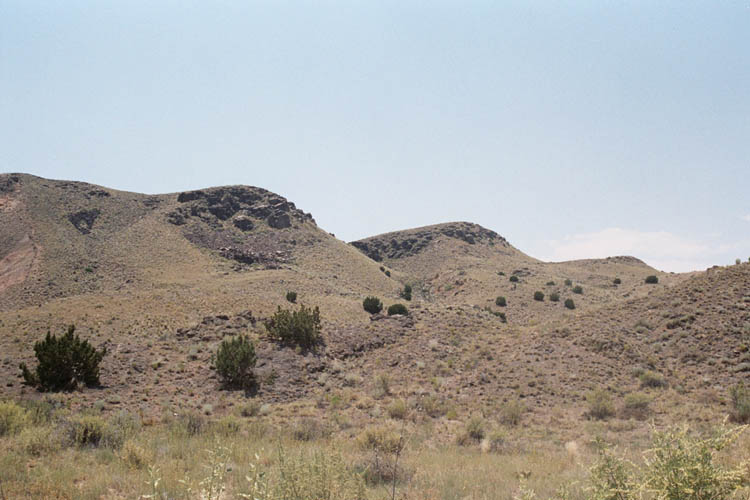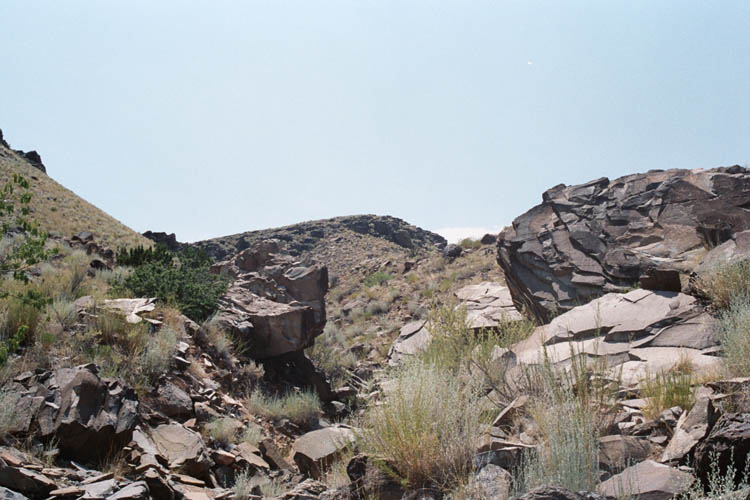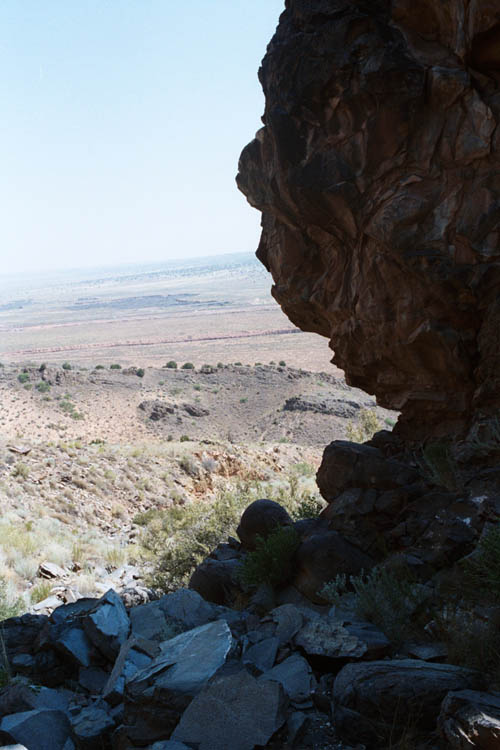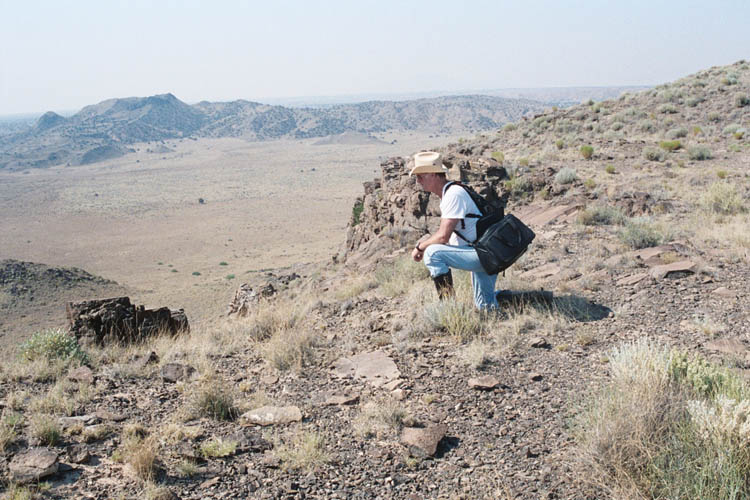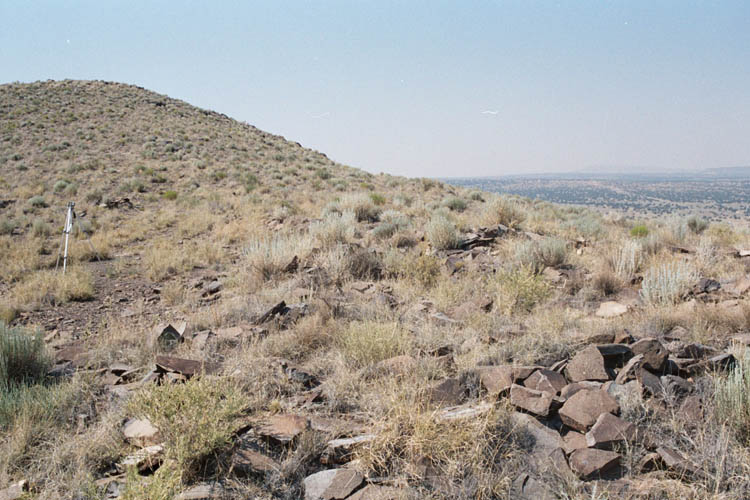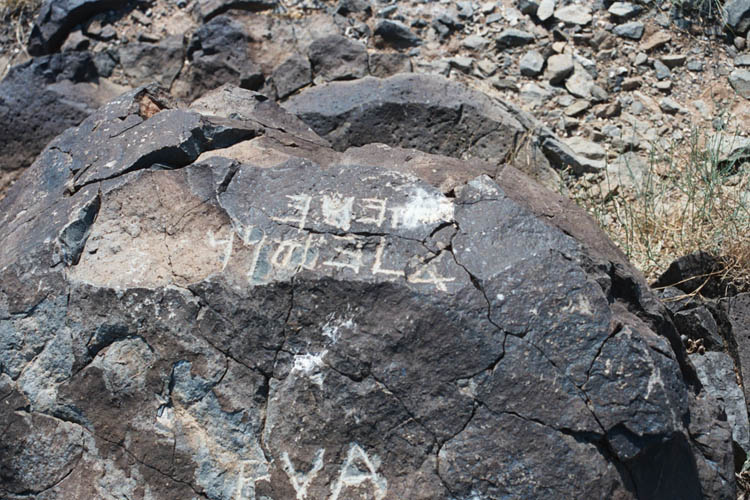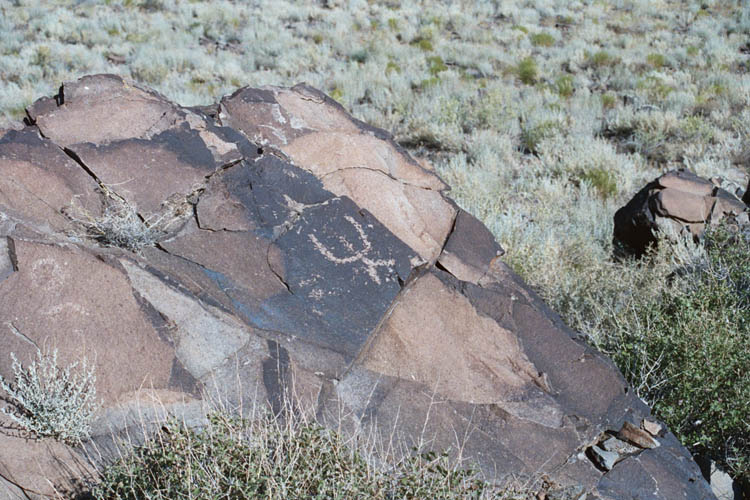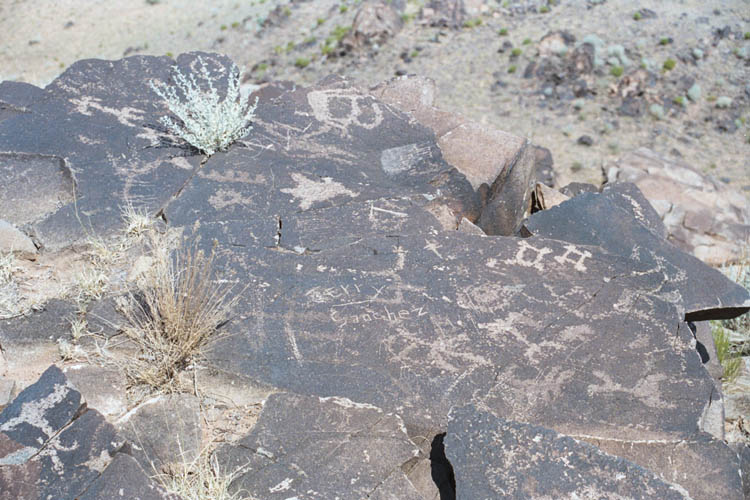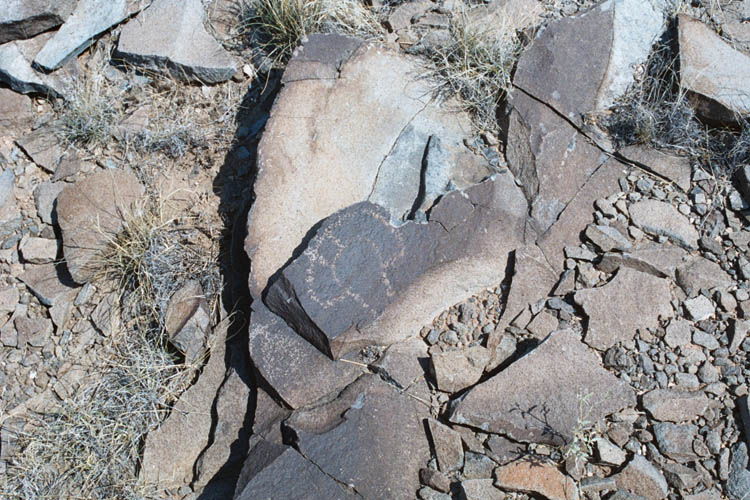Created by pastorbuddy on 3/11/2009
Rainy Day Foods – Mountain House
BEST PRICES IN AMERICA – OVER 1800+ FOOD ITEMS!!
America’s Largest Food Supplier With FOUR Canneries -
Tens of Thousands of Items In Stock!
DEHYDRATED FOOD – FREEZE DRIED FOOD – STORABLE FOOD
EMERGENCY FOOD – CAMPING FOOD
Rainy Day Foods – Mountain House
Alpine Aire – Richmoor
Survival Acres Blog – Important World Wide Events!
Dehydrated food and freeze dried storable food for long term food storage, emergency food, preparedness, disaster, camping, backpacking, mountain climbing and outdoor recreation. Storable food storage for any need!
Great pricing on dehydrated and freeze dried storable whole food for all your long term food storage needs. Fantastic shelf life, great taste and quality! Storable foods from the world’s best food companies! Learn how you can eat healthy and cheap!
Shop and compare! Our units are BIGGER, BETTER and COST LESS then our competitors! We have consistently ranked #1 as the best supplier in the country with the best prices, best selection and best deals available!
The LARGEST dehydrated and freeze dried storable food selection available on the planet! With 4 canneries and 5 warehouses, and over 100 years of combined food storage experience!
Our huge storable food selection can meet any need for emergency food preparedness to outfitting an entire mountaineering expedition! Storable food for any need with a fantastic shelf life! See our entire Product List!
 Survival Acres offers a huge selection of freeze dried and dehydrated food, packaged individually or in bulk (cans, buckets, bags and pouches) with over 1800+ food products available at great prices. Perfect for home food storage, camping, backpacking, hiking, mountain climbing, survival, disaster preparations, bird flu and any emergency food supply need for any crisis!
Survival Acres offers a huge selection of freeze dried and dehydrated food, packaged individually or in bulk (cans, buckets, bags and pouches) with over 1800+ food products available at great prices. Perfect for home food storage, camping, backpacking, hiking, mountain climbing, survival, disaster preparations, bird flu and any emergency food supply need for any crisis!
Our huge selection of long term dehydrated food and freeze dried food can meet any emergency food storage need. Our selection is HUGE, we offer the widest selection and best prices of any storable food company available anywhere. Read more about freeze dried and dehydrated storable food…
Don’t be Scared, Be Prepared! Earthquakes, Disaster, Tornadoes, Hurricanes, Bird Flu, Pandemic, Disease, Outbreak, Economic Collapse, Survival, Emergencies, Shortages, Riots, Floods, Climate Change, Drought, High Prices, Inflation, Crop Failure, Martial Law – Be Prepared! Emergency Food Storage With The Best Prices In America!
